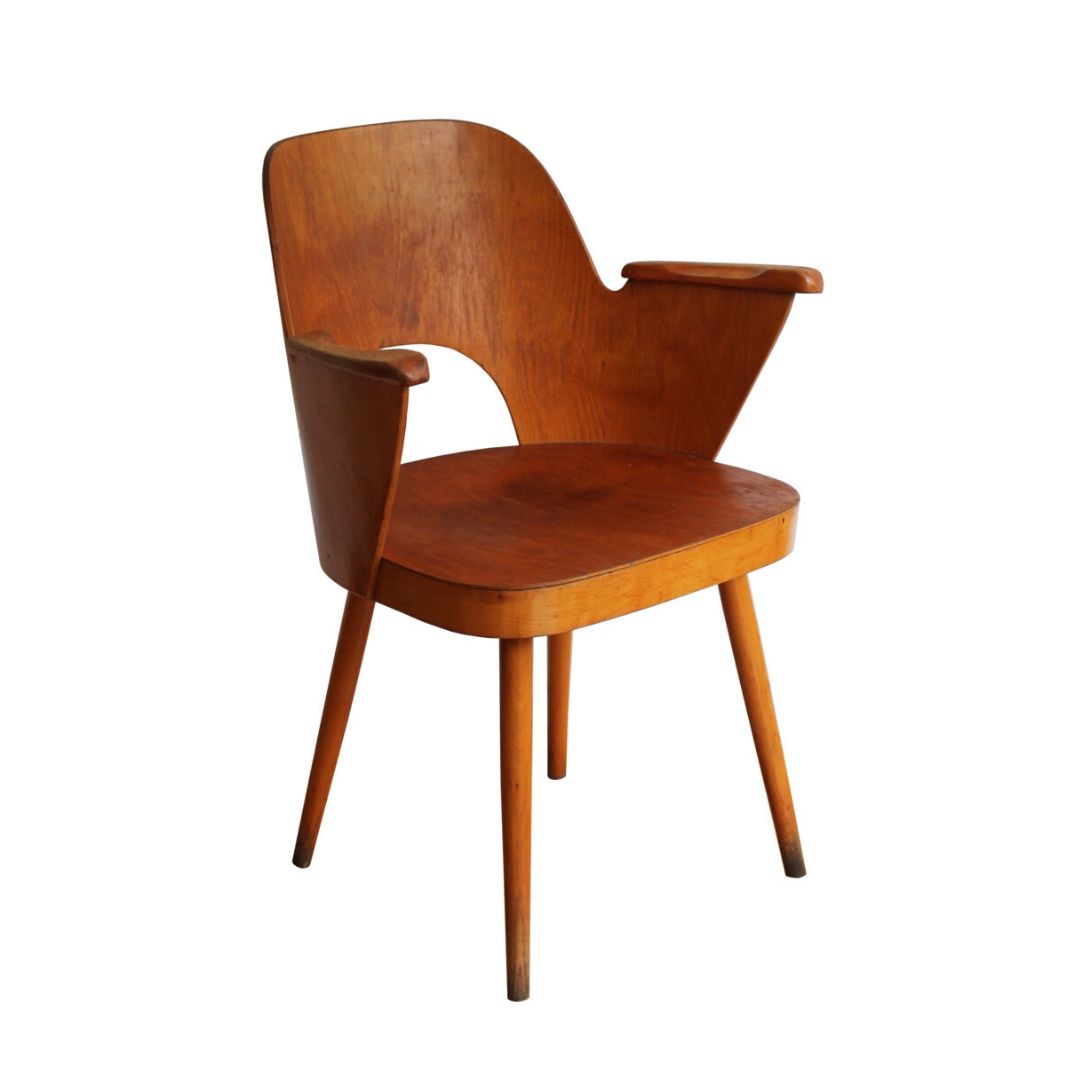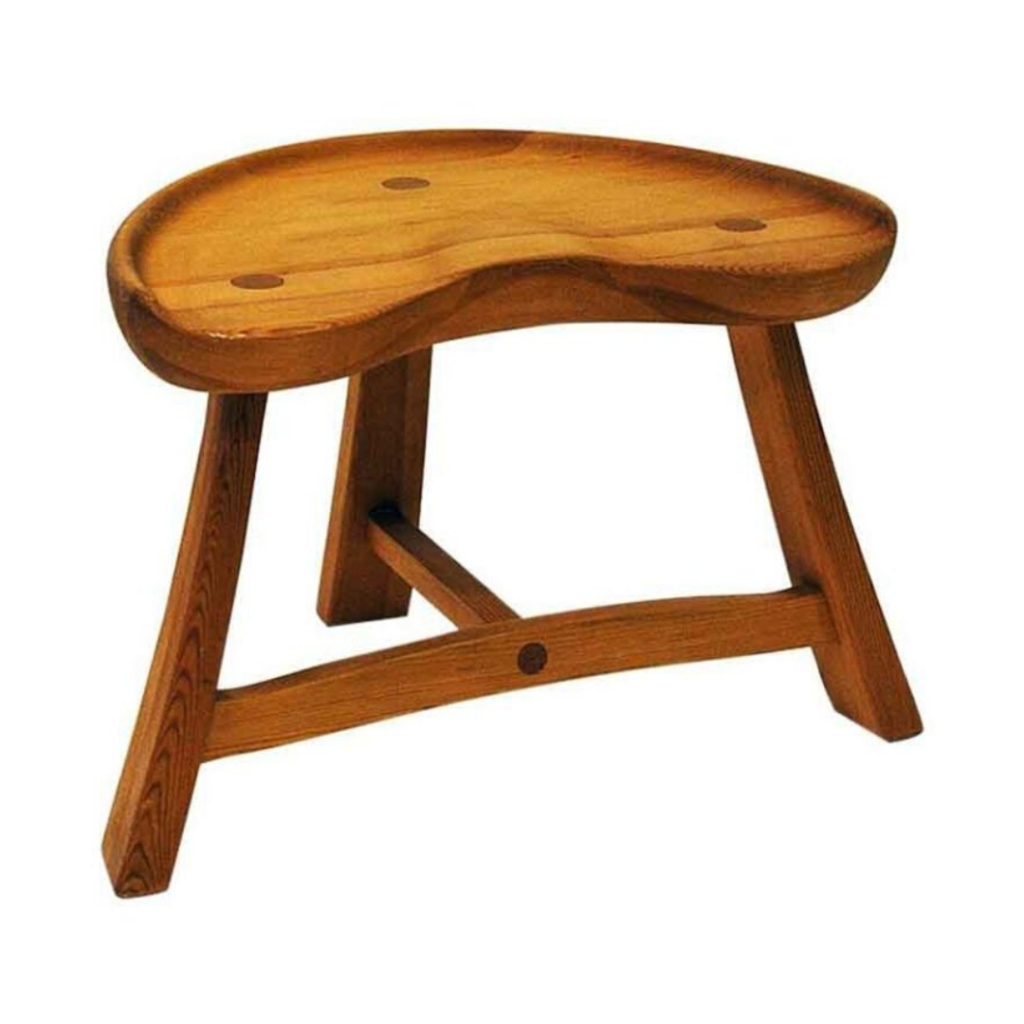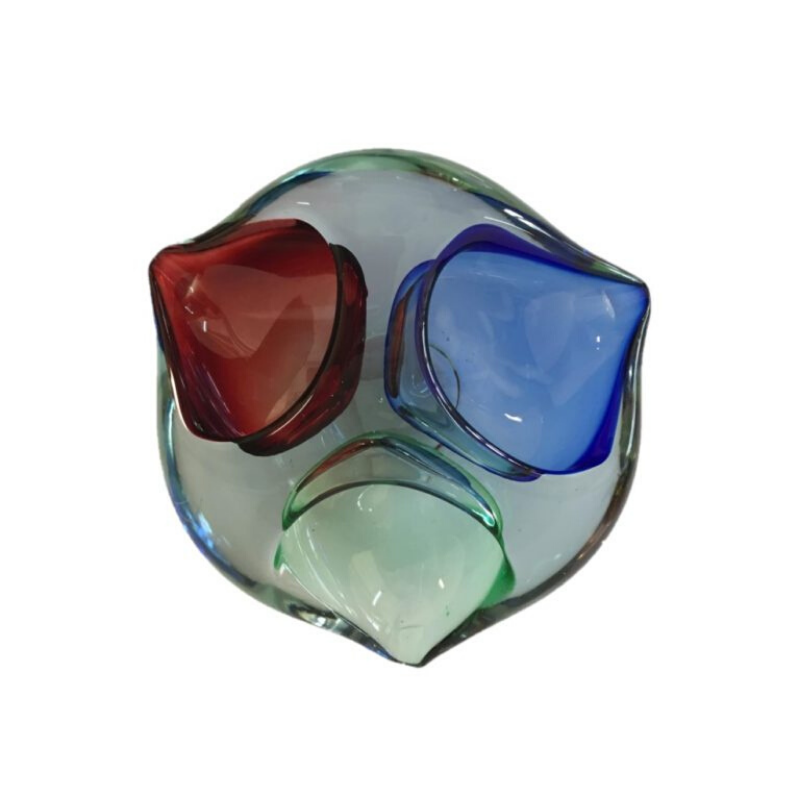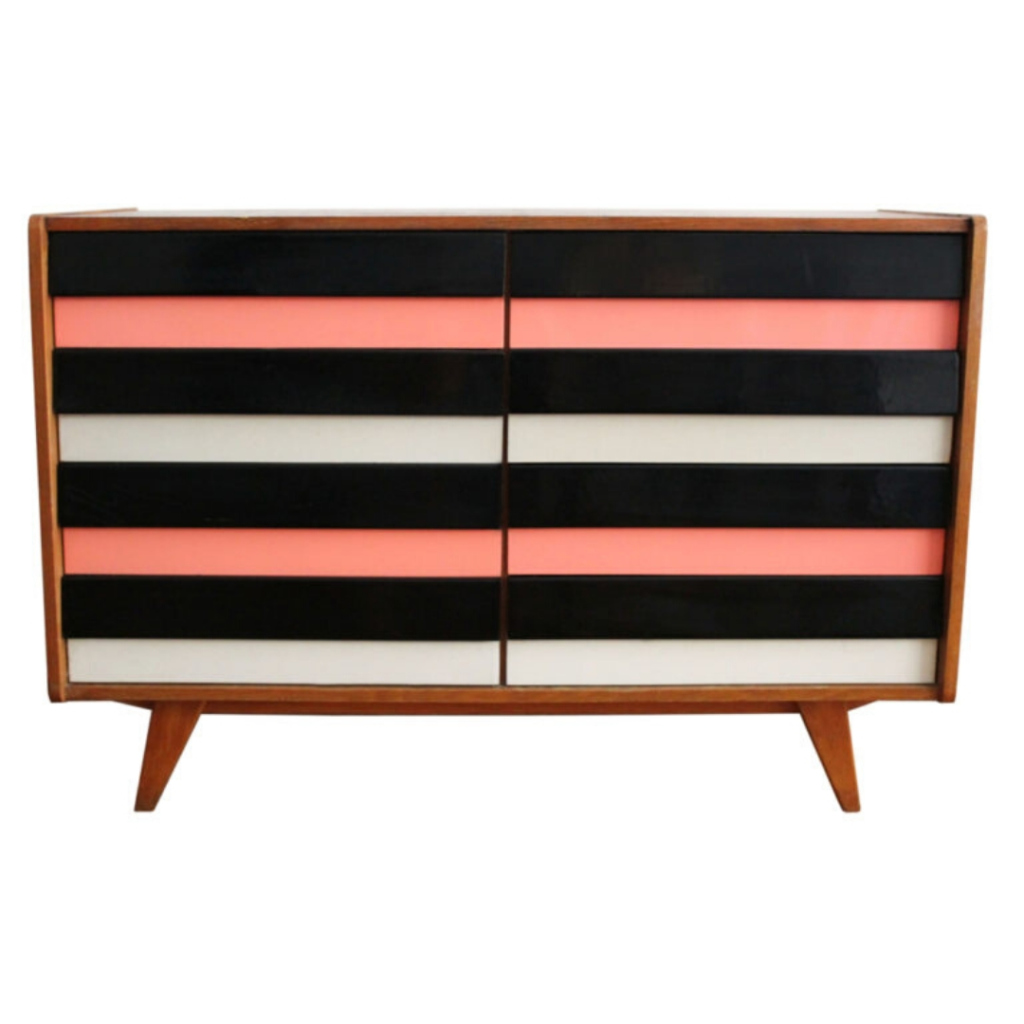I have the chair stripped of the old varnishes and got it glued up. cdsilva, the parts of your chair I am using are the center seat support, the two back legs, and the front seat stretcher. The only really useful part I have left from your chair is the right front leg. The other front leg had a poorly done repair done to it at some point, after the tenon of the side stretcher had broken off, along with the dowels in the front stretcher.
I plan to do a little more finish sanding before oiling it up, then weave the seat.
If the image of cdsilva's broken chair make it look like it is not made of teak, it was because a dark walnut finish had been added to it at some point. Wiping it off pretty much turned the rag black.
Really nice. The wrapping of the back has always puzzled me, as to execution. What keeps the material from slipping "downhill," and how is the wrap terminated ? On the underside closeup view, I see periodic interruptions. Are those fasteners -- or holes in the wood to receive and capture the wrap ?
SDR, regarding your other question, about the cane slipping, its tendency to do that depends largely on how limber it has been made to be either by soaking it in water or steaming it. It can want to slip off of each other, where one cane strand overlaps onto another strand, and it can also want to slip "downhill" as you said. However, a little bit of hot steam can stop this tendency, and each subsequent wrap entraps the prior wrap, and keeps it from slipping down the slope of the backrest. Once the cane dries and stiffens up (and maybe shrinks a little), you really cannot even get it to budge one way or the other.
I initially tried to do the wrapping from each side toward the middle. I could not get this to work, since the exact angle of the cane, as well as its spacing, has to be spot on in order that you meet in the middle of the backrest with everything aligned. However, I am not saying that a skilled weaver could not do it that way. But, at this point I do not really see a reason to do it that way, even though there is a bit of a benefit to weaving uphill as opposed to downhill.
In the end, I worked from right to left (facing the back of the chair). I had a few false starts, but at this point I can manipulate the wraps pretty well, and get them to do what I want. Anytime I run into trouble, a jet of steam on the cane seems to resolve it.
I used the original holes drilled in the backrest, and did not drill any new ones. There are times where you do not end up getting the cane lined up with the hole exactly, but you just undo a bunch of wraps, slightly change the amount of overlap on each wrap, and then you can get it to align with the hole. I think that only happened one time though, the others all just lined up with the hole on their own.
On a wild tangent, Post #56 just reminded me of the ingenious design by Brunelleschi for the Duomo in Florence. In addition to the design itself, one of the reasons he won the commission is that he claimed his design could be built without any scaffolding, which during the 15th century would have required an enormous amount of wood. The two key aspects were the vertically-elongated shape of the dome, as well as the bond pattern for the masonry. The pattern was such that as each row of brick was laid around the dome, it would reinforce itself and allow for support for the next row of bricks to be laid. Rinse, lather, and repeat, until the dome reached the apex and the cupola was built on top.
If you need any help, please contact us at – info@designaddict.com









